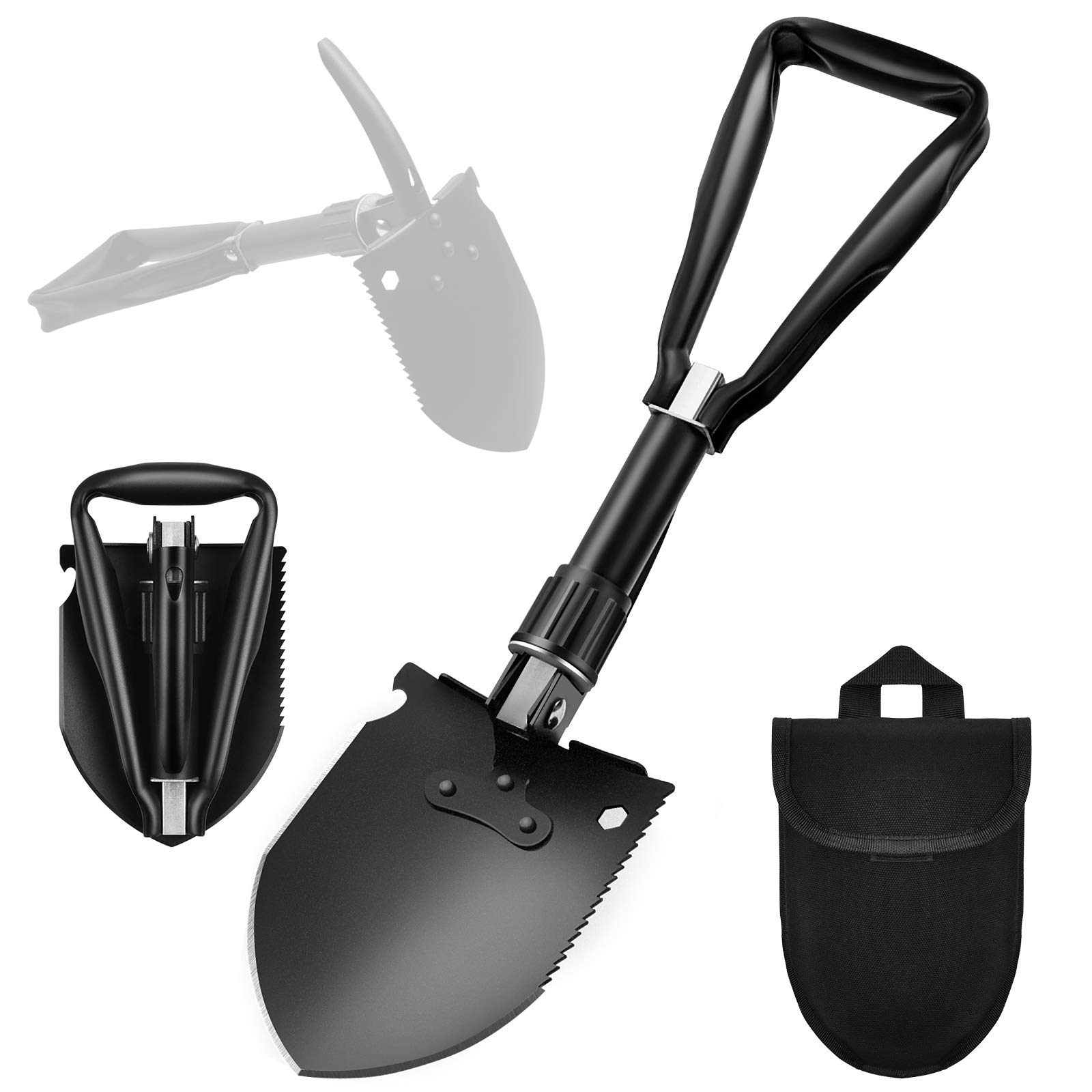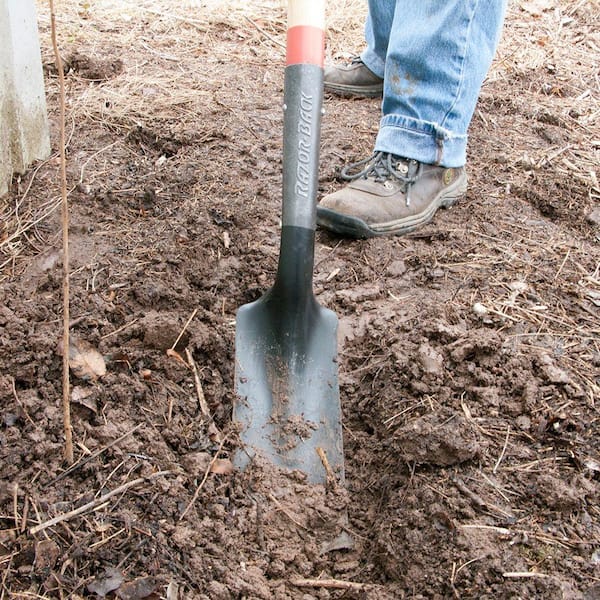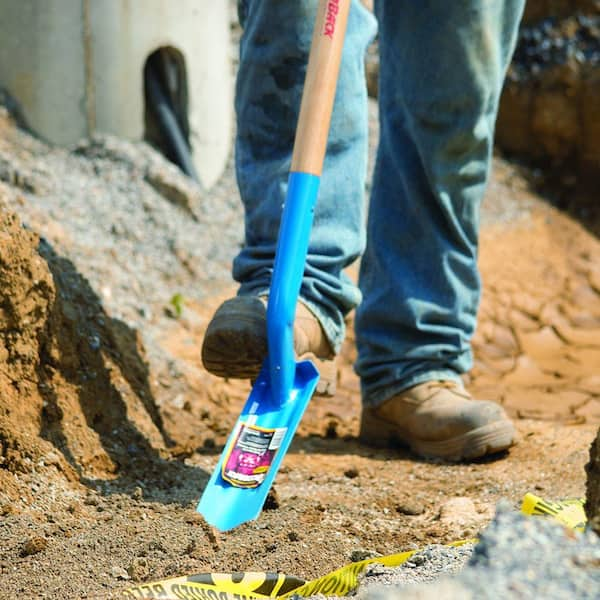Introduction
When it comes to digging trenches, having the right tools for the job is crucial. Whether you are a professional landscaper, a DIY enthusiast, or a construction worker, having the right trenching tools in your arsenal can make the task at hand much easier and more efficient. In this comprehensive guide, we will discuss everything you need to know about trenching tools, including the different types of tools available, their uses, and how to choose the right tool for your specific needs.
Part 1: Types of Trenching Tools
1.1 Handheld Trenching Tools
- Shovels: Traditional shovels are a popular choice for digging trenches as they are versatile and can be used for a variety of tasks.
- Mattocks: Mattocks have a pick on one end and a wide, flat blade on the other, making them ideal for digging through hard soil and roots.
1.2 Power Trenching Tools
- Trenching Machines: Trenching machines are powered tools that are used for digging large, deep trenches quickly and efficiently.
- Trenching Excavators: Trenching excavators are heavy-duty machines that are capable of digging trenches of various sizes and depths.
Part 2: Uses of Trenching Tools
2.1 Landscaping
- Installing irrigation systems: Trenching tools are essential for laying down piping for irrigation systems in gardens and lawns.
- Planting trees and shrubs: Trenching tools can be used to dig trenches for planting trees and shrubs, creating a healthy environment for the roots to grow.
2.2 Construction
- Installing utility lines: Trenching tools are used to dig trenches for laying down utility lines, such as water, gas, and electrical lines.
- Creating drainage systems: Trenching tools are essential for creating drainage systems to prevent water from pooling around buildings and structures.
Part 3: Choosing the Right Trenching Tool
3.1 Consider the Type of Soil
- For soft soil, a standard shovel or mattock may be sufficient, while harder soil may require a power trenching tool such as a trenching machine or excavator.
- Consider the presence of rocks and roots, as these may require specialized trenching tools or attachments.
3.2 Depth and Width of the Trench
- For shallow trenches, handheld trenching tools may be sufficient, while deeper and wider trenches may require the use of power trenching tools.
- Consider the specific dimensions required for the trench, as this will determine the type of tool needed.
Part 4: Safety Considerations
4.1 Protective Gear
- When using trenching tools, it is important to wear protective gear such as gloves, safety goggles, and steel-toed boots to prevent injury.
- For power trenching tools, hearing protection and respiratory protection may also be necessary.
4.2 Underground Utilities
- Always ensure that you are aware of the location of underground utilities before digging trenches to avoid potential accidents and damage to infrastructure.
- Consider using ground-penetrating radar or contacting your local utility company to locate underground utilities before beginning any trenching work.
Part 5: Proper Maintenance and Storage
5.1 Cleaning and Inspection
- After each use, it is important to clean trenching tools thoroughly to remove dirt, debris, and moisture that can cause rust and corrosion.
- Regularly inspect trenching tools for wear and tear, and replace any damaged or worn parts to ensure optimal performance and safety.
5.2 Storage and Transport
- Store trenching tools in a dry, secure location to prevent rust and damage.
- When transporting trenching tools, ensure that they are properly secured and protected to prevent damage and accidents.
Part 6: Benefits of Using a Trenching Tool
Trenching tools offer several benefits that make them an essential addition to any construction or landscaping arsenal. One of the main advantages of using a trenching tool is the efficiency it provides in digging trenches. With the right tool, trenches can be dug quickly and easily, saving time and effort. Trenching tools also provide precision, allowing for accurate digging and reducing the risk of errors in trench placement.
Another benefit of trenching tools is their versatility. These tools for a wide range of applications, are including laying down pipes and cables, installing irrigation systems, and creating drainage ditches. Trenching tools are also available in various sizes and configurations to accommodate different trenching requirements, making them suitable for a variety of projects.
Furthermore, trenching tools are designed to be durable and reliable, ensuring they can withstand the rigors of regular use in challenging conditions. The robust construction of these tools means they can handle demanding tasks without succumbing to wear and tear easily. This durability makes them a cost-effective investment for professionals and individuals who frequently undertake trenching work.
In addition to their practical benefits, trenching tools also contribute to safety on the job site. By providing a specialized tool for trenching, workers can minimize the risks associated with manual trench digging, such as back strain and exposure to hazardous materials. This can lead to a safer work environment and reduce the likelihood of workplace accidents.
Overall, the use of trenching tools offers numerous advantages, including efficiency, versatility, durability, and safety. These benefits make them a valuable tool for various trenching projects, contributing to enhanced productivity and effectiveness on the job site.
Part 7: Maintaining and Caring for Trenching Tools
To ensure the ongoing functionality and effectiveness of trenching tools, it is essential to implement a proper maintenance and care routine. Proper maintenance helps to extend the lifespan of the equipment, minimize downtime due to breakdowns, and ensure safe operation during trenching tasks.
One crucial aspect of maintaining trenching tools is regular cleaning. After each use, you should remove the dirt, debris, and any potentially corrosive substances that may have accumulated during the operation. This prevents the build-up of damaging particles and ensures that the tool remains in optimal condition.
In addition to cleaning, it is important to inspect the trenching tool for any signs of wear or damage. This includes checking for loose or damaged components, worn cutting edges, and any indications of rust or corrosion. Identifying and addressing these issues promptly can prevent them from escalating into more significant problems that could compromise the tool’s performance.
Another essential aspect of maintenance is lubrication. Trenching tools contain moving parts that require proper lubrication to function smoothly and prevent premature wear. Applying the appropriate lubricant to the tool’s components as per the manufacturer’s recommendations helps to maintain their functionality and extend their lifespan. Furthermore, storing trenching tools properly is crucial to prevent damage and ensure their longevity. A well-organized storage area will also help to prevent accidents and ensure the tools remain in good condition.
Part 8: Choosing the Right Trenching Tool for Your Project
Selecting the appropriate trenching tool for a specific project is essential to ensure efficiency, productivity, and safety. With a variety of trenching tools available, from manual to powered options, it is crucial to consider various factors when choosing the right tool for the job.
The size and scope of the trenching project are significant factors to consider when selecting a trenching tool. For smaller-scale projects or precision work, a manual trenching tool, such as a hand trencher, may be sufficient. These tools offer greater control and maneuverability, making them suitable for intricate trenching tasks.
In contrast, larger-scale projects with more extensive trenching requirements may benefit from powered trenching tools, such as trenchers or excavators. Powered tools can significantly reduce the time and effort required for digging trenches, making them ideal for projects with high-volume trenching needs. Additionally, powered trenching tools are capable of handling tougher soil conditions and larger trench dimensions, making them suitable for more extensive projects.
The type of soil and ground conditions also play a critical role in choosing the right trenching tool. Different soil types, such as clay, sand, or rocky soil, may require specific tools or attachments to effectively dig trenches. Additionally, the presence of obstacles, such as tree roots or rocks, may necessitate specialized trenching tools with capabilities to handle these challenges.
Conclusion
Trenching tools are essential for a wide range of tasks, from landscaping to construction, and having the right tool for the job can make all the difference. By understanding the different types of trenching tools available, their uses, and how to choose the right tool for your specific needs, you can ensure that your trenching projects are completed safely and efficiently. Remember to always prioritize safety, proper maintenance, and storage when working with trenching tools.



